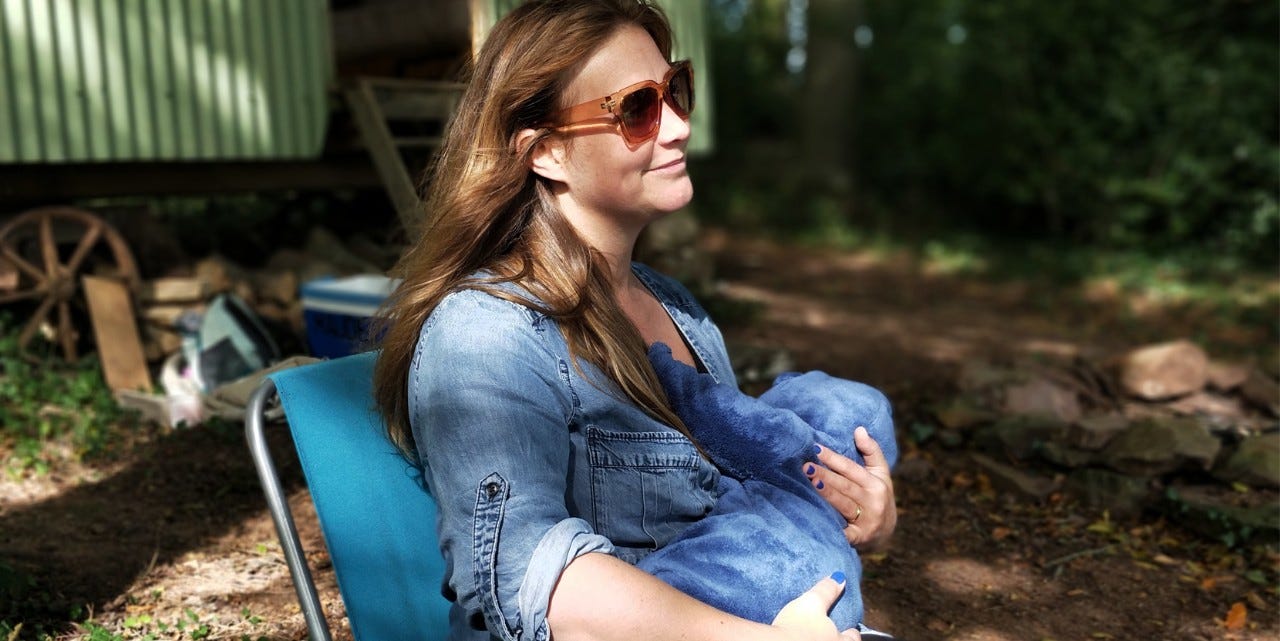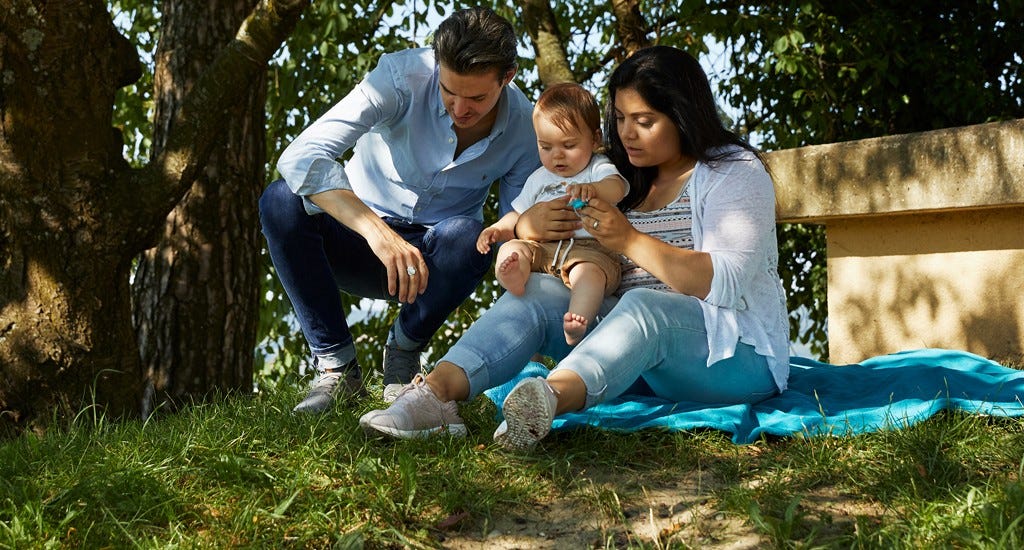How to prepare for breastfeeding
Breastfeeding is practical, because you always have the perfect food for your baby wherever you are. Here are some tips on how to make breastfeeding easier from the start.

Physical contact, caresses, closeness: Breastfeeding automatically means physical contact, caresses and a feeling of closeness, which is why most mums-to-be plan on breastfeeding their baby.
However, particularly for first-time mums, things don’t always go smoothly at the beginning. About one or two out of every 100 women suffer from mastitis when they start to breastfeed and many breastfeeding mums complain periodically about sore nipples.
Your body prepares for breastfeeding
Your body automatically prepares itself for breastfeeding. Your breasts change already during pregnancy. They become plumper and feel swollen.
Sore breasts are often the first sign of pregnancy, as the glandular tissue and milk ducts begin to grow. Your nipples become more sensitive, and the areola often get bigger and darker. Sebaceous glands become visible, which secrete a fat that nourishes the nipples.
The body thus automatically runs through the best possible preparation for breastfeeding. However, you can support these natural processes by bearing a few points in mind:
- Take care of your body: Moisturise your breasts during pregnancy with cream or oil, ideally with natural care products without artificial fragrances, preservatives or colourants. Avoid plans containing mineral oil and do not use alcohol-based products (such as perfumes) or soap on the nipples: they dry out the skin.
- If your breasts are painful, applying warm packs or taking a warm bath with relaxing oil instead of soap-based bath additives can help.
- Wear comfortable, supportive cotton bras.
- Avoid additionally irritating your nipples: Toughening your nipples with rough towels, lemon juice, brushes or even luffa sponges, as recommended by older guides, is unnecessary – and often counterproductive because it can cause injuries. Studies have not been able to prove any positive effects of such hardening.
- If you have flat or inverted nipples, nipple formers are available if necessary. Ask your midwife for advice.
The best way to prepare for breastfeeding is to start thinking about it during pregnancy. For example, if you know how to position your baby correctly, you can save yourself many breastfeeding problems.
Another benefit is that you don’t need much equipment for breastfeeding. Small sofa cushions help you to adopt a comfortable position. And nursing pads are a good idea if your nipples leak. Reusable pads with silk content are especially kind on sore nipples.


